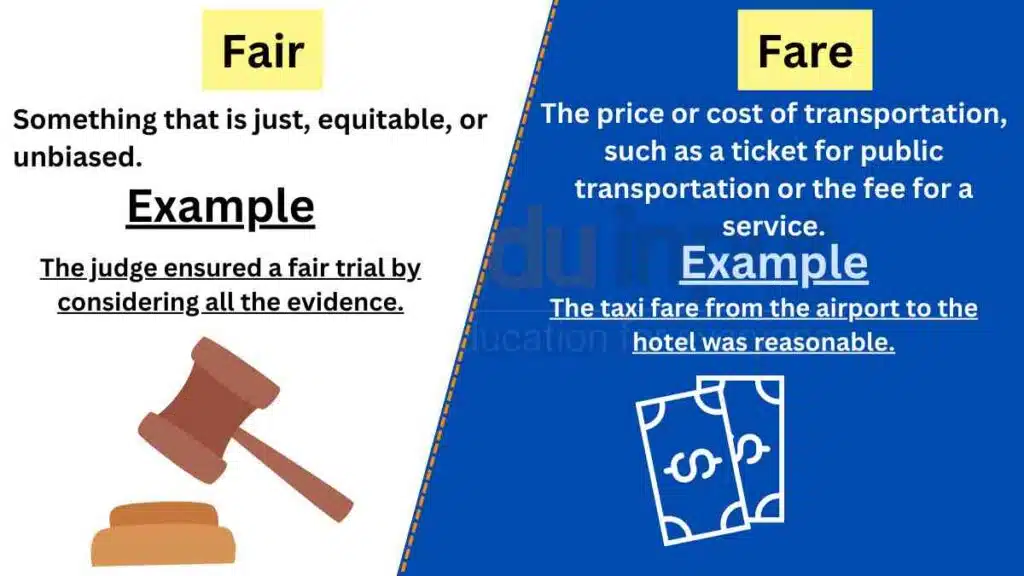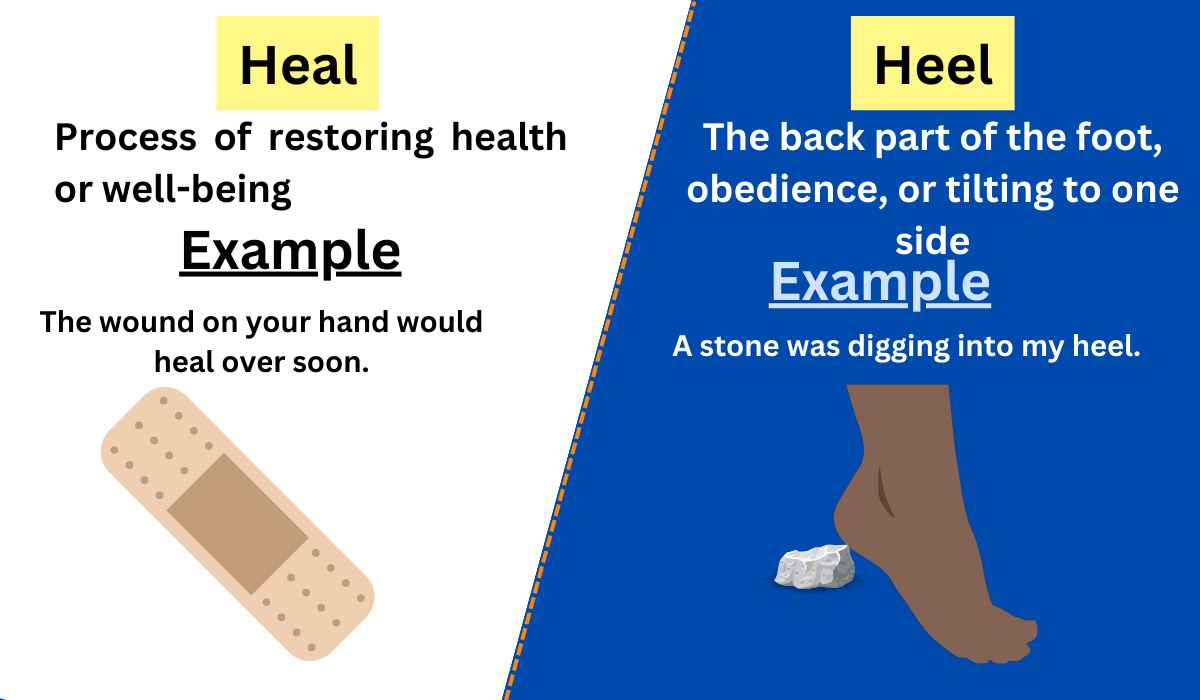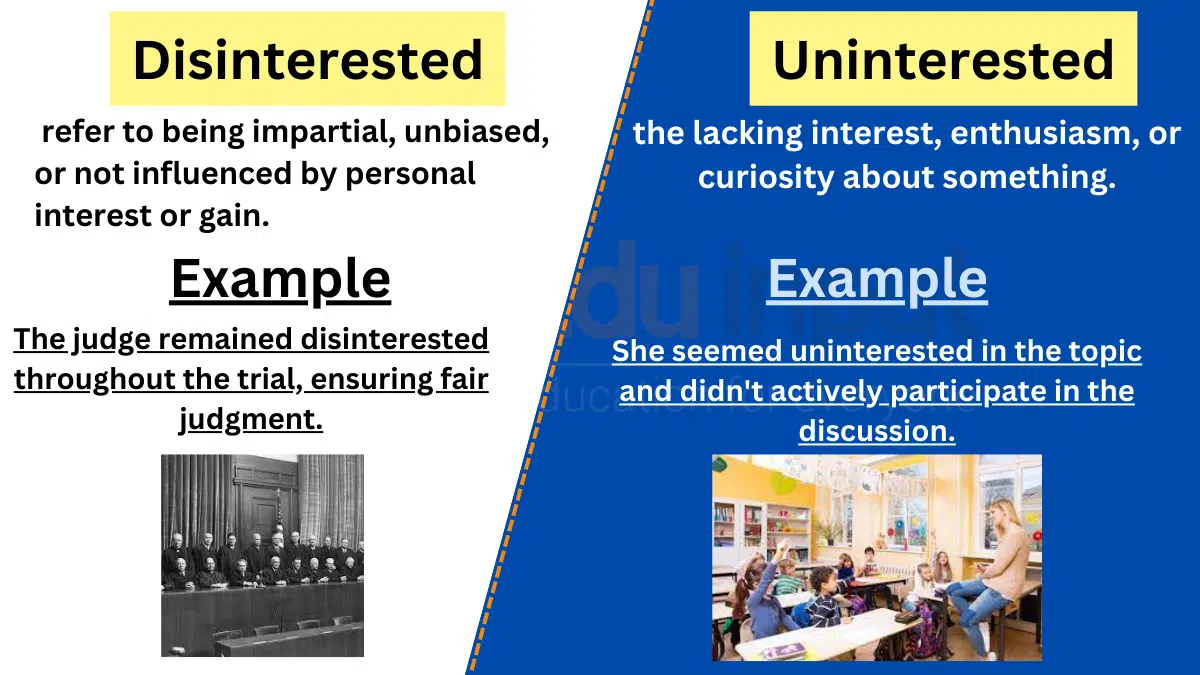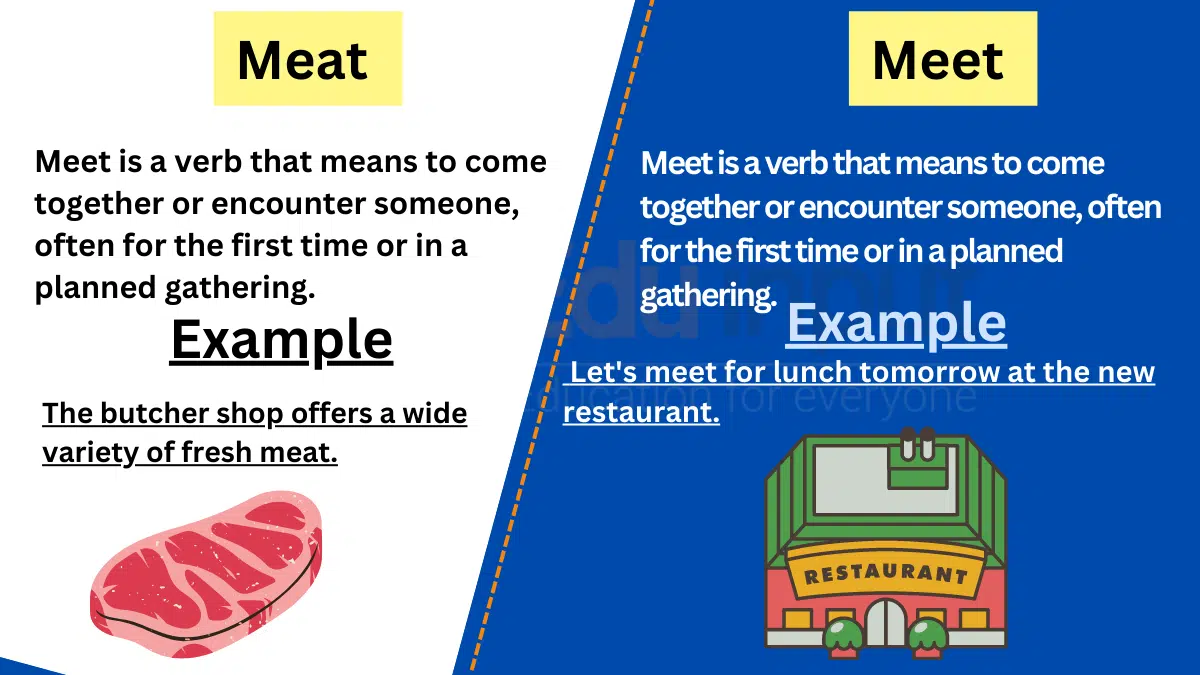Fair vs Fare-Difference Between And Examples
The words “fair” and “fare” may sound similar, but they have distinct meanings and applications in the English language. In this article, we will explore the differences between “fair” and “fare” to clarify their usage and avoid confusion. Understanding these terms will help us communicate accurately and effectively in various contexts.

Meanings and Examples
Fair Meaning
The meaning of “Fair” has multiple meanings, but commonly refers to something that is just, equitable, or unbiased.
Fair Examples
- “The judge ensured a fair trial by considering all the evidence.”
- “The company has a fair hiring policy that promotes equal opportunities.”
- “The rules of the game were designed to create a fair competition for all participants.”
Fare Meaning
The meaning of “Fare” primarily refers to the price or cost of transportation, such as a ticket for public transportation or the fee for a service.
Fare Examples
- “The bus fare for a single ride is $2.”
- “The taxi fare from the airport to the hotel was reasonable.”
- “The theater performance had a special discounted fare for students.”
Difference Between Fair and Fare
| Fair | Fare | |
| Meaning | Just, equitable, unbiased | Price or cost of transportation or service |
| Example | “The judge ensured a fair trial by…” | “The bus fare for a single ride is $2.” |
| Usage | Justice, equity, impartiality | Cost of transportation or service |
| Context | Legal proceedings, policies, games | Public transportation, services, fees |
Usage in a Paragraph
The fair and impartial jury carefully considered the evidence presented during the trial to reach a just verdict. The judge ensured a fair process by providing equal opportunities for both the prosecution and the defense to present their arguments. Moving away from the courtroom, commuters lined up at the bus stop, ready to pay their bus fare for the journey. The fare was affordable and allowed passengers to travel conveniently throughout the city. In another context, a local fair was organized to celebrate the community’s cultural diversity. People enjoyed the fair’s various activities, including games, food stalls, and live performances, creating a joyful and inclusive atmosphere. By understanding the distinction between “fair” and “fare,” we can communicate effectively, whether discussing justice and equity or transportation costs and services.
While “fair” and “fare” may sound alike, they have distinct meanings and uses. “Fair” relates to justice, impartiality, and equality, often associated with legal proceedings, policies, or games. On the other hand, “fare” pertains to the cost or price of transportation or services, commonly seen in public transportation or service fees. Understanding the difference between these words allows us to communicate accurately and avoid confusion. Whether discussing fairness and equity or transportation costs, clear usage of “fair” and “fare” enhances our ability to convey meaning and engage in effective communication in various contexts.







Leave a Reply